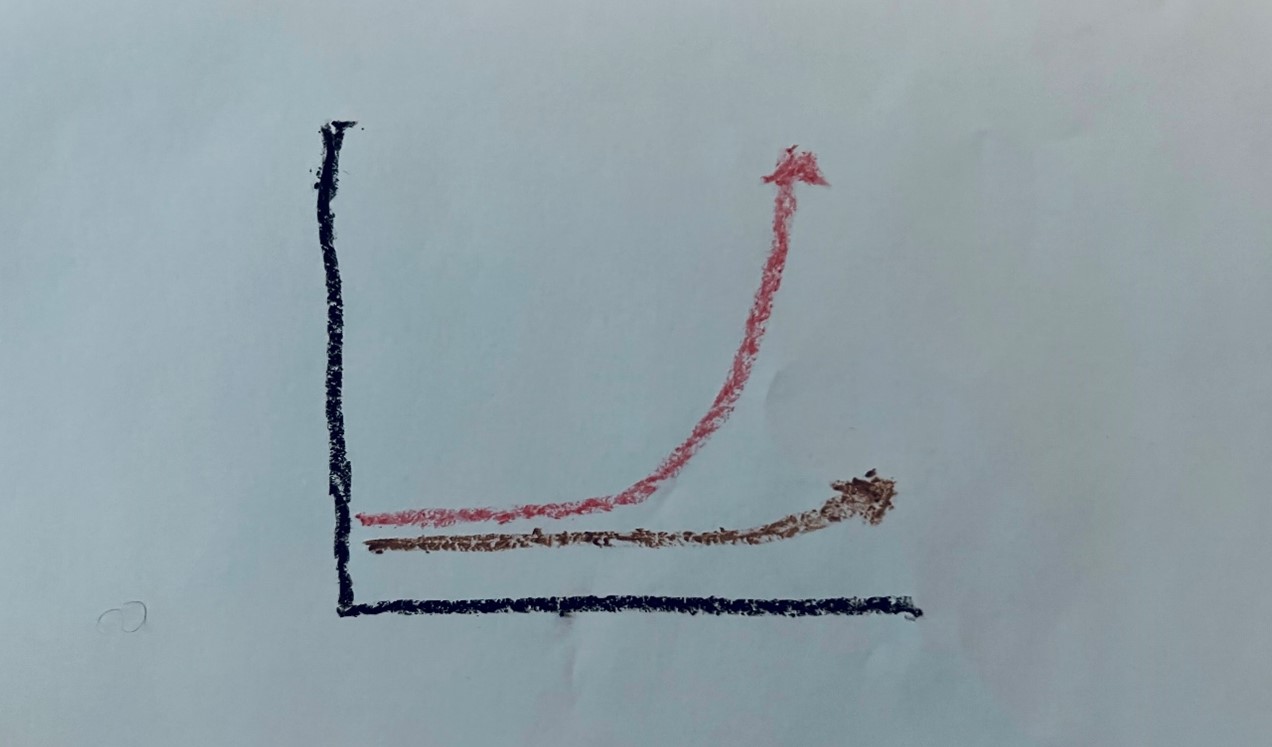During the pandemic, digital maturity has increased significantly. At the same time, our vulnerability to disruptions and cyber threats has increased. It is worrying that the security maturity of authorities and companies has not increased in line with the threats. This is an important management issue!
It is about changes in society, where collaboration between public institutions, private businesses and civil society is more important than ever. In order to work with sustainable success, management and employees need to have reached a certain level of quality maturity, in order for organizations to achieve what we call Quality 5.0, we know that.
But what about the security maturity? Do we need to think about that too? From a management perspective?
A threatening situation
Between 30 and 40% of us have been able to work a very large part of our working time online in recent years. This has meant that we have taken a leap, also known as disruption, when it comes to digitalization. Not since the Home PC reform, which made personal computers tax deductible at the end of the 1990s, or since the launch of the smartphone at the end of the 2000s, has Swedish society taken such a huge digital leap forward.
Now many of the organizations that were able to run their operations from home have gone back to the office, at least some days of the week. Many managers will continue to manage their staff remotely and many staff will carry out their tasks at home, in town or elsewhere, perhaps a satellite office close to home. A number of companies and public sector organizations have reduced their office space or eliminated their premises altogether.
Society is currently facing a major challenge. In recent years, many people have been affected by what is known as cybercrime. These are crimes that often involve the internet and computers. These include cyber-attacks, such as distributed denial of service attacks or the spread of malicious code. But also illegal threats, extortion and illegal use of identity, which can be carried out over the internet. The number of cyber attacks has increased during the pandemic years and Russia's ongoing attempted invasion of Ukraine is unfortunately contributing to an increase in these.
Increased quality and sustainability but lack of safety awareness
If we think of digital development as a curve on a graph, we see, over the last two years, what is known as a "hockey stick" effect. Now, the digitization curve is rising rapidly, with new technologies helping to establish new behaviours and habits. This brings many benefits: openness/transparency has increased. More people can work in business systems remotely, the use of collaboration tools and email has increased. How would we have been able to manage our tasks if we had not had the opportunity to use Teams, Zoom or other support during the pandemic?
If we add to the same imaginary graph the curve for the development of business security, in this case mostly information security, it is flat and does not follow the digitization curve, but possibly curves slightly upwards. Few organizations can show the same positive trend for increasing security maturity as for creating opportunities for digitalization. This means that the gap between the increasing level of digitalization and the maintained level of security has now widened.
Increasing security maturity - a governance and management issue
For me, this is a management issue. As well as increasing quality maturity, increasing security maturity requires that a common approach permeates the entire organization. In some organizations, security issues are treated as solely linked to technology and requirements for what is usually called hardware (computers, networks, smartphones). It is at least as much about the behavior and values of management and employees. What might be called software? In the same way as increasing quality maturity, systematic work on both structural and cultural issues is needed to increase security maturity.
My conclusion is that all organizations that want to achieve sustainable success need to increase their security maturity. A holistic approach is also needed in this area. The levels between increasing openness and security thinking need to be better balanced. Raise the issues to the management level, otherwise we can never achieve Quality 5.0!

Lilian Klasson, Senior Partner and Founder, Stratvise
